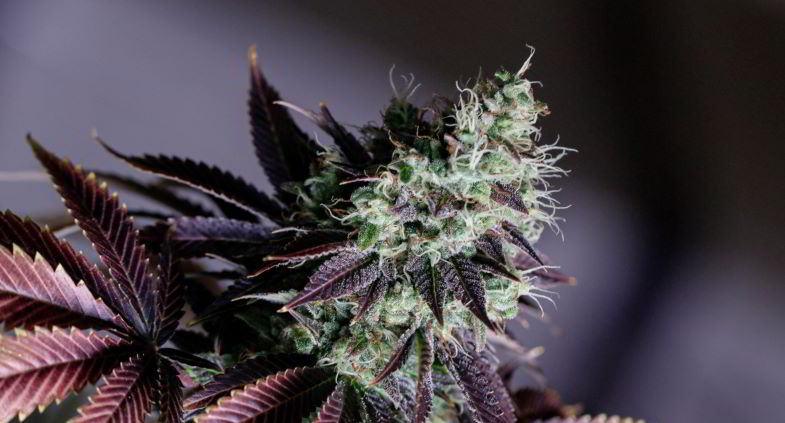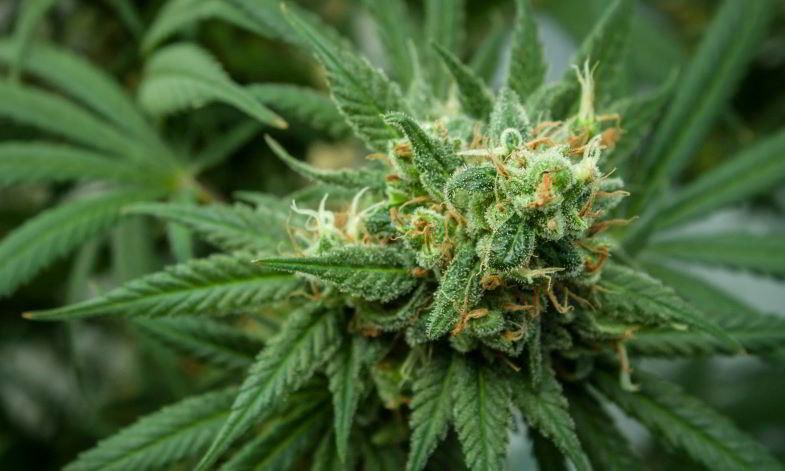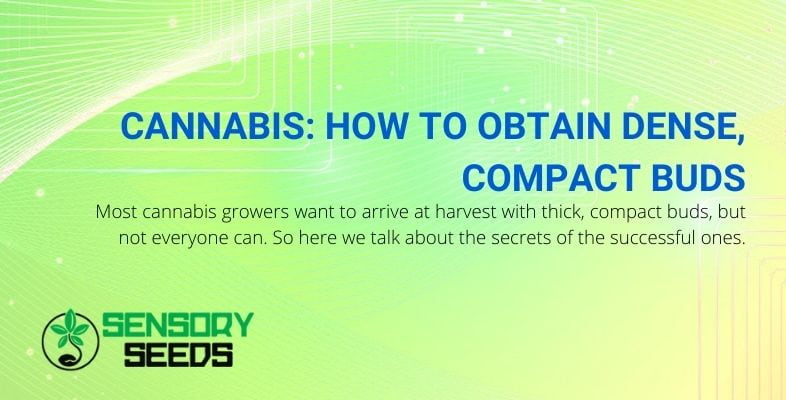Modified on: 20/09/2022
Most cannabis growers want to arrive at harvest with thick, compact buds, but not everyone can. So here we talk about the secrets of the successful ones
Hemp cultivation requires a lot of time and resources, but what pays off is the result—a rich and productive harvest. Occasionally, however, things don’t turn out as hoped, and cannabis growers end up with bare, light buds instead of whole, voluminous buds. What is the trick to increasing the density of cannabis buds? Is it just luck, or do you have to choose the right marijuana seeds and adopt precise growing techniques? Of course, the correct option is the latter.If you’re curious to find out how to get compact and dense buds, read on because, in this article (for information purposes only), we’ll let you in on the secrets of the hemp experts. Let’s get started!


Why are compact buds better than airy ones?
If the common goal of hemp growers is to obtain compact and dense buds, there are many reasons, but they can be summed up in two words: ‘better yield’. Let’s find out why. Let’s start by talking about the airy buds. Why is it that even when there are a lot of them, they don’t satisfy the cannabis grower? Simple. First, their flimsy, partially bare appearance is not very attractive, so selling them will be more difficult. Secondly, if you compare two buds of identical size, one of which is dense and the other airy, you’ll find that the first one is much heavier than the other and will therefore generate more income when sold. Is that clear? Now let’s find out how to optimise yields with top-quality buds.Read also: Small cannabis plants: how to adjust to save space
Starting with the right genetics is crucial
We have talked many times about how the choice of growing specific cannabis genetics can influence both its size and its aromas and effects. The density of the buds also changes from variety to variety of hemp. For example, the Sativa variety tends to produce more sparse and airy inflorescences; the indica variety, on the other hand, develops mainly compact, full buds. There are many hybrids available today, so determining which cannabis seeds to go for can be tricky, but the indica-dominant ones usually give the most satisfaction in this respect.Temperature and light: the proper parameters make all the difference
Hemp plants develop best when the temperature of their environment is between 18° and 26° C (ideally never above 30° C). However, if this climatic balance is interrupted by a cold draft or heatwave, the buds may suffer, losing density and developing defects. To obtain quality cannabis buds. Therefore, it is essential to control the climatic parameters very precisely. In indoor and greenhouse cultivation, this is facilitated by the possibility of regulating fans and heaters; in outdoor cultivation, however, it may be advisable to install shading and/or protective structures. For a hemp plantation to produce full, compact buds, it is essential to pay attention to the temperature and the light intensity. Keep in mind that light is an essential ‘ingredient’ and that it must be dosed appropriately. Light is necessary for plant photosynthesis, a process that is indispensable for the growth and development of all plant species. When there is too little light, the photosynthesis process is insufficient, so the final yield of the plants will be poor. To overcome this problem in indoor cultivation, the lamps should not be too far away from the hemp; in outdoor cultivation, the position of the plantation should be considered from the outset to ensure that all the plants receive enough sunlight. Too much light can also compromise the production of compact buds. Again, it is because light sources produce heat, and high temperatures can trigger a state of stress, which alters the development processes of the plants.

The role of pruning and training in achieving good yields
Whether you’re dealing with dwarf autoflowering plants, feminised plants or any other genetics, if left to their devices, they will begin to grow vertically, producing a single central bud. To maximise yield and ensure that the hemp specimens produce more quality buds, it is essential to work on training, topping and pruning. Training, topping, and pruning are essential to maximise the yield and ensure that hemp plants produce more quality buds. The first two techniques are intended to develop the side branches of the plants so that they also take on the characteristics of the main branches and produce new inflorescences. At the same time, pruning is necessary to remove superfluous leaves and branches, which unnecessarily suck the energy that the plants could devote to flowers.Read also: Hemp male plant: uses and properties









